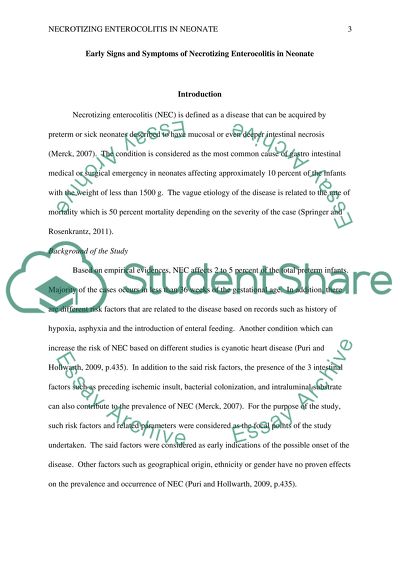Cite this document
(“An integrative review on, The Early Signs and Symptoms of Necrotizing Research Paper”, n.d.)
Retrieved from https://studentshare.org/nursing/1423465-an-integrative-review-on-the-early-signs-and
Retrieved from https://studentshare.org/nursing/1423465-an-integrative-review-on-the-early-signs-and
(An Integrative Review On, The Early Signs and Symptoms of Necrotizing Research Paper)
https://studentshare.org/nursing/1423465-an-integrative-review-on-the-early-signs-and.
https://studentshare.org/nursing/1423465-an-integrative-review-on-the-early-signs-and.
“An Integrative Review On, The Early Signs and Symptoms of Necrotizing Research Paper”, n.d. https://studentshare.org/nursing/1423465-an-integrative-review-on-the-early-signs-and.


